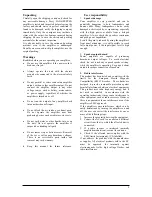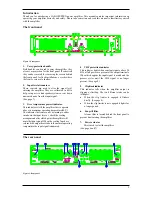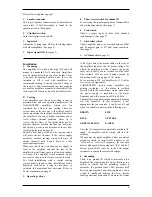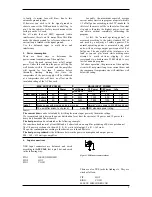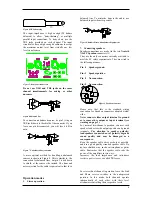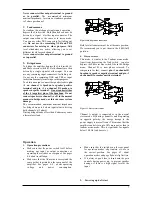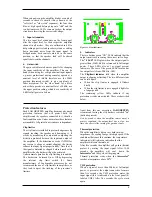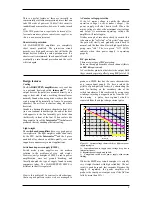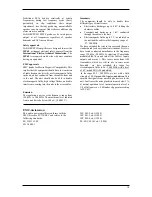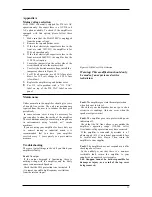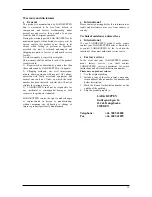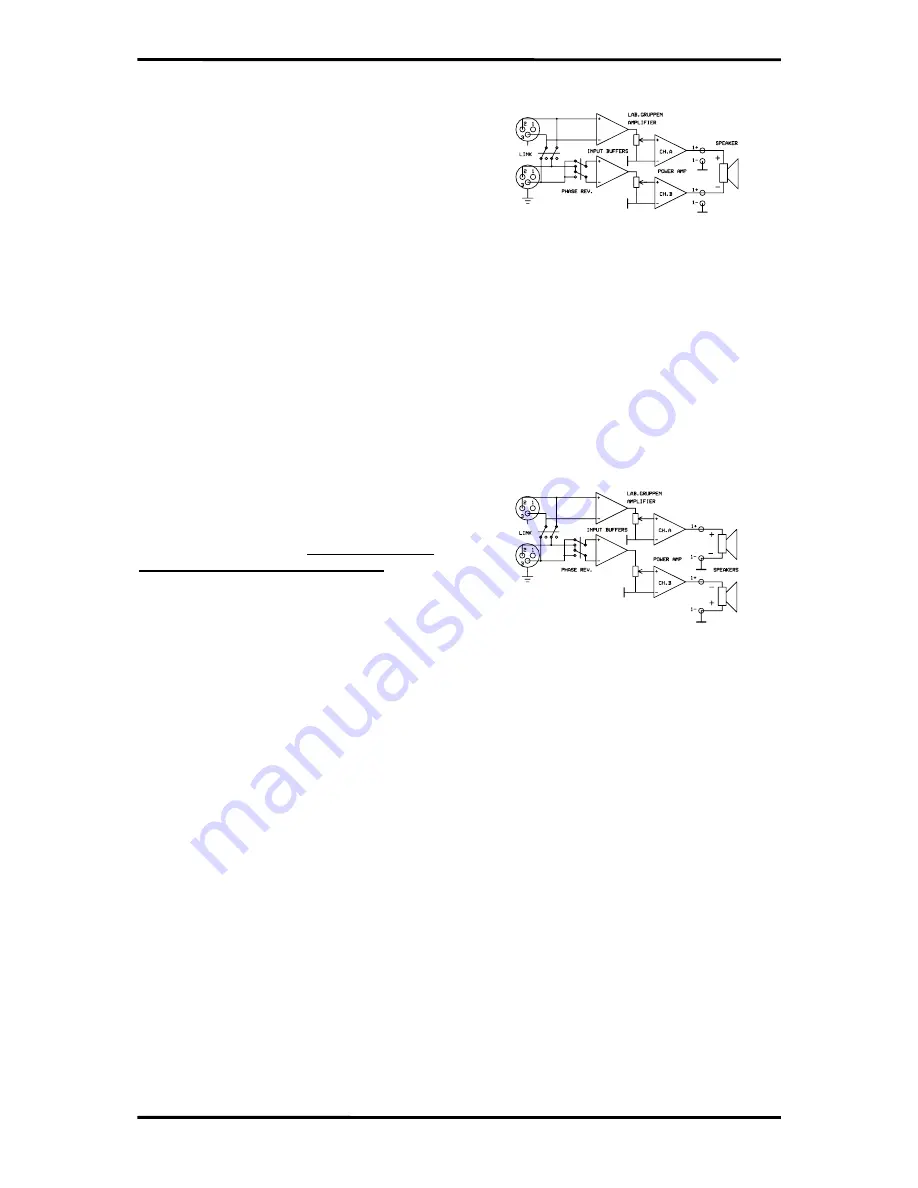
Never connect either output terminal to ground
or in parallel
. The recommended minimum
nominal impedance, for stereo or tandem operation,
is 2 ohms per channel.
2.
Tandem mono
For tandem ( dual channel-single input) operation ,
depress the Link switch. Both channels can now be
driven by a signal, at either input connector. The
output connection is the same as in stereo mode.
You can use either TRS connectors for linking out
etc
. Do not use the remaining XLR and TRS
connectors for mixing or other purposes.
Both
level attenuators are active, allowing you to set
different levels for each channel.
Never connect either output terminal to ground
or in parallel.
3.
Bridged mono
To bridge the amplifier, depress the Link switch (6)
and Phase reverse switch (5). Both channels are then
driven by a single signal at either input. You can
use any remaining input connectors for linking etc.
Do not use the remaining XLR and TRS as input
jacks simultaneously for mixing or other purposes.
To obtain an output, connect the speaker leads to
pin
+1 on channel A Speakon to speaker positive
terminal and pin +1 on channel B Speakon to
speaker negative terminal . Do not connect either
of the -1 (negative) pins of the Speakons.
Do not
connect speakers to channel A or B in the normal
manner
in bridge mode, as this can cause serious
damage
.
The recommended minimum nominal impedance
for bridged mono is 4 ohms (equivalent to driving
both channels at 2 ohms).
Driving bridged loads of less than 4 ohms may cause
a thermal overload.
Figure 10. Bridge mono connection
Both level attenuators must be at the same position.
We recommend you to put them in the 0 dB (full)
position.
4. Stereo reverse
This mode is similar to the Tandem mono mode.
Apart from depressing the Link switch , you also
depress the Phase reverse switch, like in the Bridge
mono. Channel B is now phase reversed. To
compensate for that, connect
pin +1 on channel B
Speakon to speaker negative terminal and pin -1
on channel B to speaker positive terminal
.
Figure 11. Stereo reverse mode
Channel A output is connected as in the normal
stereo mode. By having channel A and B operating
in opposite polarity, the energy storage in the
power supply is more efficient. This means that the
amplifier can deliver up to 10% more power than in
tandem mono mode. This is significant for signals
below 100 Hz (sub bass etc.).
Operation
1. Operation
precautions
•
Make sure that the power switch is off before
making any input or output connections or
operating the switches on rear panel. See pages
4-6 about installation.
•
Make sure that the AC mains is correct and the
same as that is printed on the rear panel of the
amplifier. See pages 4-5 , about operating
voltage and power consumption.
•
Make sure that the switches on the rear panel
for operation modes ,clip limiters, etc. are in
the correct position. See pages 6-7, about
operation modes and page 8 about clip limiters.
•
It is always a good idea to turn down the gain
controls during power up, to prevent speaker
damage, if there is a high signal level at the
input.
2. Powering up -Soft start
7


